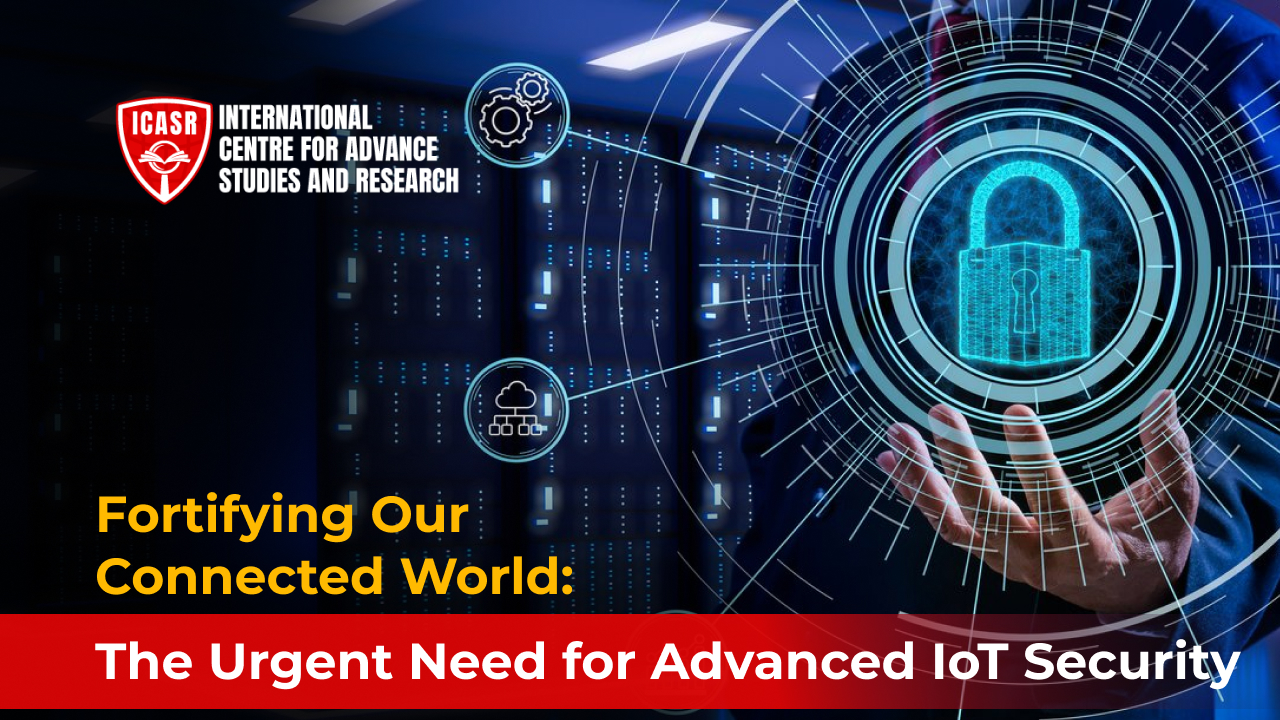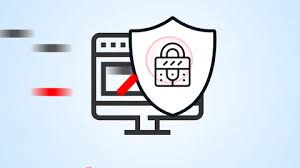
Artificial Intelligence has long been regarded as a plus for human beings. Nevertheless, its emergence has transformed everything that relates us to our surroundings including the way we do commerce or take part in various activities such as working from home or managing industrial processes among others. On the other hand, these devices play an integral role in our lives making it simple and easy for us to interact with them or live in smart houses equipped with multicultural systems. Nevertheless, this explosion of new digital gadgets linked together has led to a very complicated yet complicates yet fragile environment which requires greater attention towards IoT security.
The Internet of Things (IoT) is an important part of today's lives as it was invented to make people's lives easier and help them manage their environment better. With so many gadgets available in the market today including refrigerators that order milk when they are running low or security cameras that send messages whenever they detect movement within the house boundary. All these devices promise to simplify our daily lives making things easier for us without leaving any harder tasks behind us. This fast-growing interconnection among various electronic systems has made them vulnerable as well as complex thus demanding increased emphasis on the safety measures put in place for these systems.
The Expanding IoT Landscape and Its Challenges:
The IoT ecosystem consists of a wide variety of devices, ranging from wearables and home appliances to industrial sensors and critical infrastructure components. These devices produce and exchange vast volumes of data, providing great potential for advancement and improvement. However, the same connectivity that creates these advantages also intensifies threats.
Among the main difficulties is the huge quantity and diversity of IoT appliances. As billions of gadgets are connected to the web, it gets harder to monitor their functioning or protect them adequately. Furthermore, many IoT contraptions have little processing power as well as small storage areas leading to difficulties in putting into place sufficient safety protocols.
The Critical Need For Network Security:
A sturdy foundation of the Internet of Things protection is a solid framework. To keep confidential information safe and prevent access to IoT units, network security plays the most significant part. The safety of a network can be ensured through firewall implementation, intrusion detection as well as prevention systems (IDPS) and encryption techniques.
Moreover, companies need to embrace zero-trust applied to security which presumes that no one or anything can be trusted by default. This methodology decreases but does not eliminate the danger of unapproved entry by verifying all users and devices allowing any access.
The Importance of Cybersecurity in the IoT Ecosystem:
The practice of cybersecurity comprises an array of methods and tools intended to preserve digital property from menaces. Within the IoT ambit, cyber security means guarding devices' networks and information against illegal entry, application or revelation, interference, alteration or sabotage.
An encompassing IoT cybersecurity scheme should embrace;
- Risk Assessment: Pinpointing possible weaknesses as well as giving precedence to counteractions designed to lessen their effects.
- Access Control: Install robust verification implements that lockout figures who have not been authorized.
- Data Protection: Use encryption and data loss prevention measures to keep sensitive details safe.
- Incident Response: Create a strategy for identifying, dealing with and rebounding back from security violations.
Threat Detection and Prevention: A Proactive Approach
Effective threat detection and prevention are crucial for mitigating IoT risks. AI (Artificial Intelligence) and machine learning can be utilized to scrutinize network traffic, assess deviations from norms, as well as identify possible dangers in a real-time manner.
Security information and event management (SIEM) tools can be used so that security data can be obtained from various sources and then compared and analyzed to provide insight into possible threats to organisations.
Privacy Protection: Safeguarding Personal Information
.The Internet of Things (IoT) devices frequently gather privacy-sensitive information, thus making it essential to think about how to safeguard individuals' confidentiality. To make sure sensitive user data is properly handled, organizations need to introduce stringent measures aimed at protecting privacy.
To reduce risks associated with personal data protection, it is important to opt for only the data necessary. Also, enterprises ought to ensure that users are well-informed about their practices for collecting, using as well as sharing data.
Device Authentication: Ensuring Trustworthy Connections
Device verification is an essential factor in securing IoT networks. Authenticating devices connected to a network helps businesses eliminate defiance from non-permitted access as well as reducing chances of harm being inflicted on them.
These include using secure boot processes that establish whether the software of the device remains uncorrupted or not and therefore avoiding unauthorized alterations, as well as employing potent encryption techniques for protecting communication amongst devices and with the central database.
Building a Secure IoT Ecosystem: A Collaborative Effort
For the Internet of Things (IoT) ecosystem to be secure, it takes teamwork between device makers and network providers. cybersecurity experts and lawmakers. It is necessary that manufacturers develop and enforce industry standards and recommended practices for better interoperability and security.
IoT systems can benefit from regular security audits/frequency assessments to help identify their weak points. Besides, organizations can also avoid human errors which usually contribute to security breaches through training programs on awareness.
The Future of IoT:
As long as the Internet of Things advances, security issues will also change. Emerging technologies such as blockchain, artificial intelligence, and edge computing bring good news for making IoT systems safer.
For example, Blockchain can be utilized to safely maintain a historical record of both IoT devices as well as their data. In addition, AI can identify and handle threats instantly; whereas through edge computing, can reduce possible points of entry for attacks by analysing information nearer to where it is consumed.
The Internet of Things has the chance to revolutionize our planet positively. Nevertheless, we must tackle the security challenges associated with this fast-changing technology. Organizations looking to build a safer and more robust IoT environment should prioritize network security, cyber security, threat identification, privacy protection as well as device authentication.
Meanwhile, as the IoT becomes bigger, contact attention will have to be paid to pre-empting emerging dangers. In addition, investment in advanced security measures prompts cooperation among stakeholders will help us utilize the entire capacity of IoT while safeguarding our interconnected globe.

